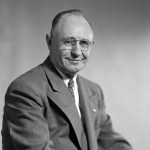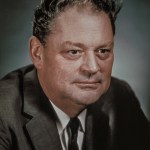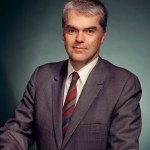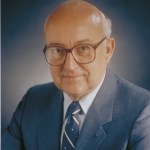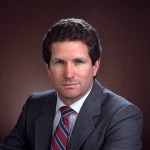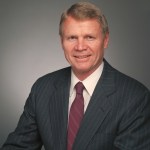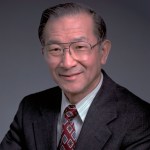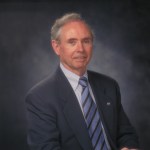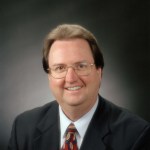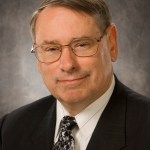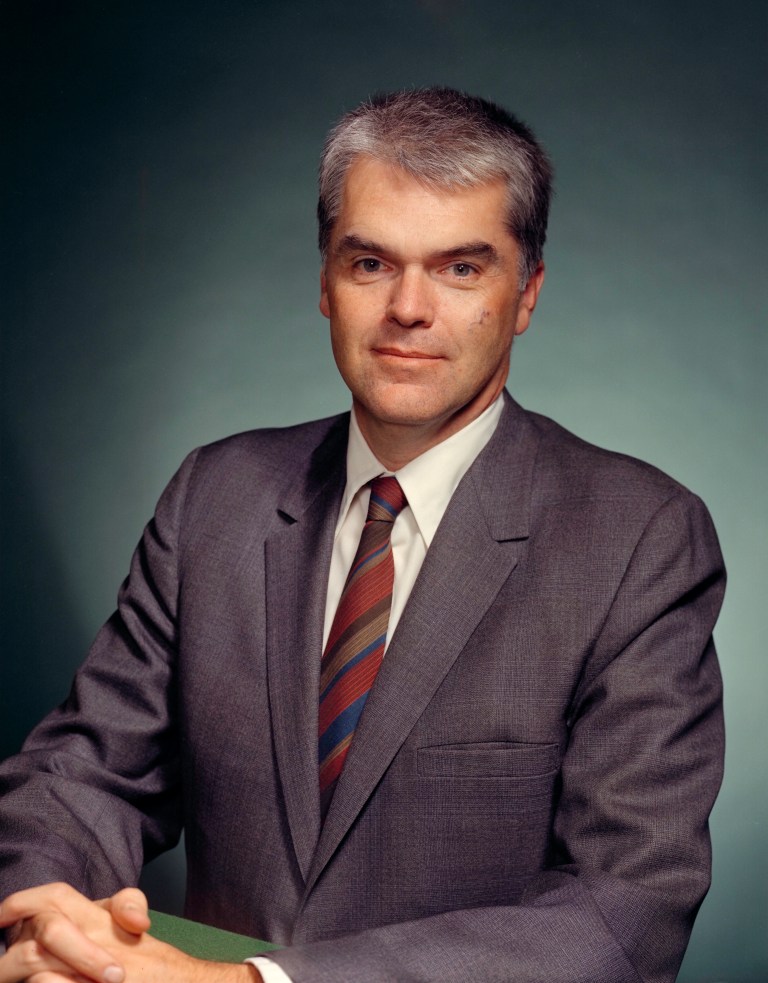
Hans Mark
Former NASA Deputy Administrator and Ames Center Director
Dr. Hans Mark served as the third Ames Center Director, from February 20, 1969 to August 15, 1977.
A former Deputy Administrator from 1981 to 1984, Hans Mark dedicated his career to public service in ways that shaped the agency and the nation.
Born in Mannheim, Germany in 1929, Mark escaped from Austria with his family in 1940 and moved to New York, becoming a citizen in 1945. Intrigued by scientific and technological advancements the world was witnessing, Mark studied physics at the University of California, Berkeley and earned his doctorate in the field from the Massachusetts Institute of Technology in 1954. He moved between the two institutions over the next fifteen years, serving as a research physicist at UC’s Lawrence Radiation Laboratory in Livermore until 1958, then as an assistant professor of physics at MIT before returning to head the Livermore Lab’s Experimental Physics Division from 1960 until 1964. He then chaired Berkeley’s Department of Nuclear Engineering and later became administrator of the Berkeley Research Reactor. He joined Ames as its Center Director in 1969.
At that time, theoretical work in fluid flow was advancing. Mark had seen firsthand great leaps in computing capability while at Livermore, and he and others agreed that the state-of-the-art in computing had reached a point that could profoundly impact fluid mechanics work. The Computational Fluid Dynamics Branch was created at Ames, and Mark took advantage of government computers about to be declared surplus. He also persuaded the Advanced Research Projects Agency, or ARPA, to place the Illiac IV at Ames. The Illiac IV was a key component of the development of computational fluid dynamics, one of NASA’s most significant contributions in the aerospace field. By 1976, Ames was poised to solidify its position within NASA as the place for supercomputing, a legacy that continues to this day.
Mark also oversaw the development of a long and productive partnership with the Army for joint research in vertical takeoff and landing. A pivotal development was the XV-15, an experimental tiltrotor that led to the V-22, an aircraft capable of taking off and landing like a helicopter and flying as a turboprop plane. Mark moved on from Ames in 1977 to serve as Under Secretary of the Air Force until July 1979, when he was promoted to Secretary. He soon returned to NASA in 1981, when he was appointed Deputy Administrator and the Shuttle had just begun to fly.
Upon leaving NASA in 1984, Mark served as Chancellor of the University of Texas system until 1992. Aside from continuing to advise the government, Mark remained connected to the UT system, teaching aerospace engineering and inspiring generations of students. He passed away in 2021.



























